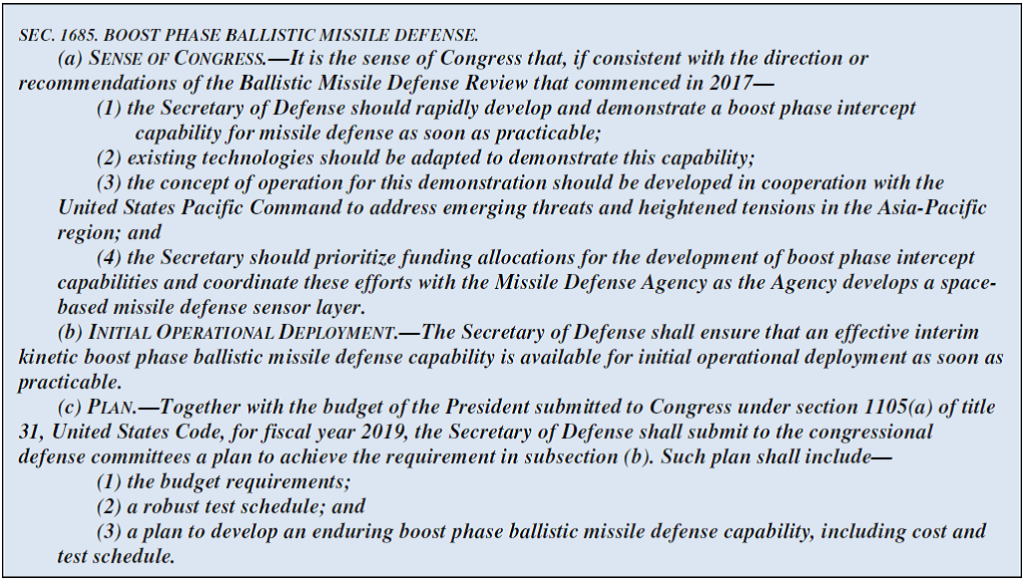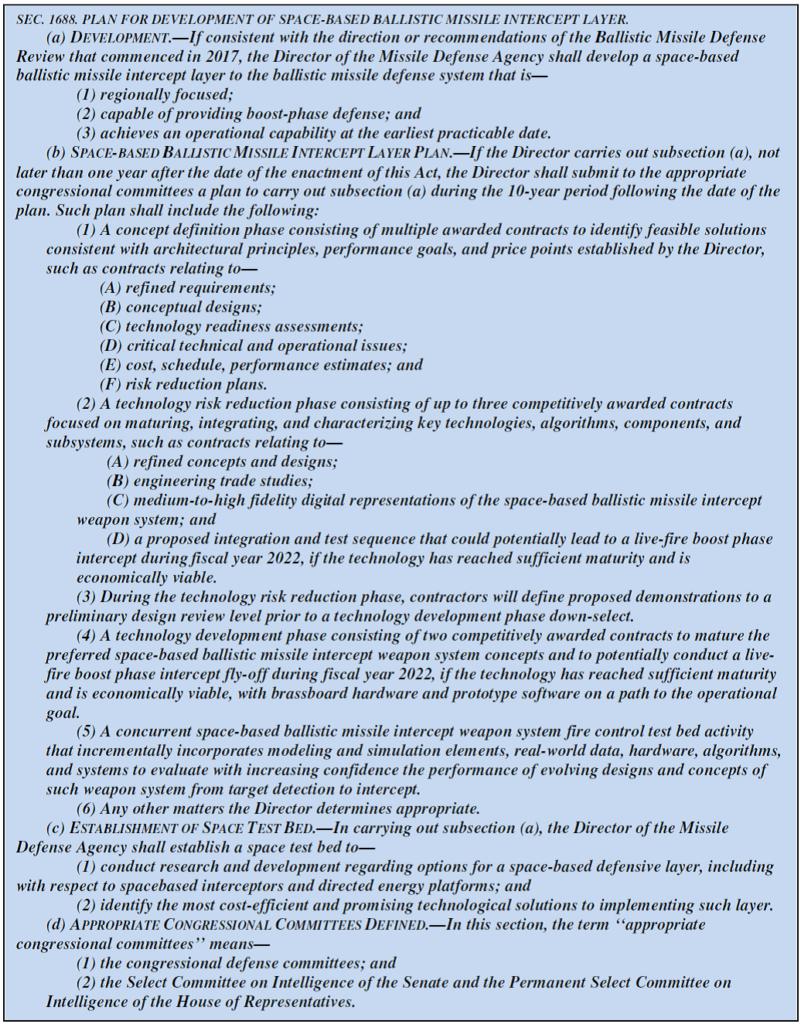On March 1, 2018, Russian President Vladimir Putin favored us with some of his true views, consistent with his reported declaration over a decade ago, “The breakup of the Soviet Union was the greatest geopolitical tragedy of the 20th century.” His bellicose claims of how Russia was now rectifying the failures of his predecessors remind me of Nikita Khrushchev’s 1956 claim that “Whether you like it or not, history is on our side. We will bury (or outlast) you. Hopefully, “Forewarned is forearmed!”
There is no surprise that Putin is a good communist who remembers his KGB training and is now bragging that Russia’s new weapons show that Moscow has rebounded from the collapse of the Soviet Union in 1991. An exaggerated claim, but a clear militaristic warning that should inform President Trump’s strategic policies going forward.
Click here and here for pertinent summaries of Putin’s “state of the union speech” — for Russia, that is — as reported by Vladimir Isachenkov in an Associated Press article and Bill Gertz in a March 2, 2018 Washington Free Beacon article. Click here for a transcript of his full speech.
And click here for my Newsmax article yesterday, highlighting my reaction to a few of his reported claims further elaborated below. As there, consider a few of his claims (in my chosen order).
President Putin asserted that Russia is developing new weapons, including a nuclear-powered cruise missile, a nuclear-powered underwater drone and new hypersonic missiles that have no equivalent elsewhere in the world.
Whether all this is true is at least debatable — but the claims are notable. Especially since some of his claims include new nuclear weapon systems to attack the United States. Lest his point be missed, he showed videos modeling his claimed new maneuvering intercontinental range cruise missile — including a video simulating a nuclear strike on the United States.
Whatever were Putin’s objectives in his speech — e.g., to focus interest on his claims to protect the Russian people (given Russia’s current economic problems); to send some threatening message to U.S. leaders and our allies; and/or some combination thereof — several observations seem pertinent to me as I recall the Soviet/Russian past I have witnessed.
Consider, Putin’s claim that Russia is developing a “low-flying, low-visibility cruise missile armed with a nuclear warhead and possessing a practically unlimited range, unpredictable flight path; and the capability to impregnate practically all interception lines [that] is invulnerable to all existing and future anti-missile and air defense weapons.”
To be sure, hypersonic threats are a real concern — whether from an all-atmospheric delivery system or from other delivery systems including from an ICBM-delivered maneuvering reentry vehicle (MARV) that seeks to out-maneuver our ballistic missile defense capabilities. Our defenses must be prepared to deal with this well-known potential threat — and meeting this goal should be given high priority by the Trump administration’s missile defense programs.
Whether this serious threat is appropriately countered will be evident in the Pentagon’s Missile Defense Review, to be delivered to Congress shortly.
Of particular concern is that Putin also highlighted other new Russian nuclear weapon systems, including a heavy intercontinental ballistic missile (ICBM) called Sarmat, or RS-28. This is a rebirth of the Soviet SS-18 “Satan” that carried 10 reentry vehicles (RVs), a focus in now expired Strategic Arms Reduction Talks (START) Treaties. Click here for a brief but more detailed discussion of the Sarmat/RS-28.
START II banned such systems, but the Soviet Duma never ratified that Treaty — and subsequent negotiations during the Obama administration apparently dropped the subject. And now Putin is retreating from earlier more stabilizing positions to again emphasizing Mirved ICBMs, especially with the Sarmat/RS-28 shown below.
Importantly, Putin last week said the Sarmat/RS-28s could reach U.S. territory by flying over the South Pole, in trajectories designed to frustrate U.S. missile sensors and defenses, including U.S. interceptors based in Alaska.
This development would be a rebirth of the 1960s Soviet Fractional Orbital Bombardment System (FOBS), and signals to rogue states — i.e., North Korea and Iran — how to attack the U.S. via their demonstrated satellite launches over the South Polar regions.
If any of these states used their ballistic missiles launched to the South to carry and detonate a nuclear weapon over the United States, the resulting electromagnetic pulse (EMP) could lead to the death of most Americans within a year — as many of my previous messages have indicated.
By the way — for those who recognize that countering the cyber threat is a top U.S. priority, be aware that such an EMP attack is associated with cyber attack scenarios that are embedded in the military doctrines of Russia, China, North Korea and Iran, as has been warned by the former EMP Commission, which after serving for 17 years was foolishly disbanded by Congress last year.
Putin boasted that U.S. efforts over the past 15 years “have failed to contain Russia,” and that its new Russian weapons will make NATO’s U.S.-led missile defense “useless,” an effective end to Western efforts to stymie Russia’s development.
We’ll see, but that depends on how the Trump administration deals with this challenge, in its missile defense initiatives and “Art of the deal” diplomatic efforts.
The Trump administration should consider lessons from the era of President Reagan’s Strategic Defense Initiative (SDI), when developing capabilities to counter such a threat was a focus for building space-based defenses, which could intercept such ballistic missiles in their boost-phase before they could release multiple RVs and/or associated decoys and other countermeasures.
Those same defenses could intercept ballistic missiles in outer space (provided potentially daunting offensive countermeasures could be defeated) and even high in the atmosphere during their reentry phase. Space-based defenses can also be designed to counter the hypersonic threat — and support our diplomatic efforts, as was the case during the Reagan SDI era.
From my up close and personal experience for five years in defending SDI in our negotiations with the Soviets, I can witness that we got enormous negotiating leverage from President Reagan’s SDI commitment, especially when he walked out of the Reykjavik Summit because Soviet General Secretary Gorbachev demanded that our space-based defense R&D be limited to the laboratory. And during Russian President Boris Yeltsin’s era, it brought cooperation on a joint global defense — which ended in 1993 with the arrival of the Clinton administration.
An effort again to build cost-effective space-based defenses can provide major leverage for President Trump’s “Art of the Deal” with Russia — but we must overcome the lethargy that has existed since the Clinton Administration took “took the stars out of Star Wars” in 1993, as then stated by Defense Secretary Les Aspin. The sad truth is that no one in the Pentagon today seems to recall what we accomplished during the SDI era (1983-1993).
During the Reagan administration, that leverage led to the first arms control agreements in history actually to reduce nuclear weapons, while we continued our SDI efforts. If we repeat that commitment again while modernizing our offensive strategic forces (per the Pentagon’s Nuclear Posture Review) — repeating President Reagan’s Strategic Modernization Program, I believe we can convince Putin to reverse course.
So . . . it is time to go back to the future! And Congress has set that stage for key supportive actions by the Pentagon’s ongoing Missile Defense Review (MDR) in response to two provisions of the National Defense Authorization Act for 2018 (NDAA-2018). See the pertinent Sections 1685 and 1688 below.
In short, if consistent with the MDR directions or recommendations, Section 1685 directs the Secretary of Defense to “rapidly develop and demonstrate a boost-phase intercept capability for missile defense as soon as practicable,” with a focus on demonstrations with existing technology to counter emerging threats in the Asia Pacific region — to be deployed “as soon as practicable” in conjunction with plans to deploy a supportive space-based sensor layer.
And Section 1688, directs the Missile Defense Agency (MDA) Director to develop a space-based ballistic missile intercept layer — a regionally focused boost-phase defense that achieves an operational capability, again “at the earliest practicable time.” To advance this objective, Section 1688 also calls for a SPACE TEST BED to conduct research and development regarding options for space-based interceptors and directed energy platforms; and to identify the most cost-efficient and promising technological solutions to implementing such layers.
Both sections call for appropriate plans, including recommended budgets, to be recommended to Congress for funding in fiscal year 2019.
It is long past time to return to SDI championed programs that focused on building the most cost-effective BMD systems, such as the Brilliant Pebbles space-based interceptor system previously discussed in numerous past High Frontier messages. Its original design concepts included meeting requirements to counter threats such as those summarized by Putin and discussed above.
Moreover, those Brilliant Pebbles designs survived several critical reviews by the Defense Science Board, the JASON — a high-powered technical group composed of senior physics professors and other technologists, and other Pentagon critical reviews before becoming the first SDI concept to enter a formal Concept Demonstration and Validation Phase, approved by the Defense Acquisition Board in 1990.
Then after Congress cut its budget for two years and directed that the Brilliant Pebbles program be returned to a pure R&D effort, the Clinton administration completely gutted the program and dispersed the Brilliant Pebbles team, while canceling funding for the bulk of all high technology SDI efforts.
A quarter century later, over to the Pentagon’s Missile Defense Review, which can assure revival of this important space-based defense program (and other important SDI efforts), now with the advantage of today’s more advanced technology. Moreover, that revival can become “the law of the land,” per the important NDAA 2018 clause, “if consistent with the MDR directions or recommendations.”
And then, President Trump’s “Art of the Deal” can again pursue a diplomatic strategy with Russia like that pioneered by President Ronald Reagan. And by all means remember his mandate, “Trust but Verify!”
Bottom Lines.
In considering Putin’s bluster, we can be thankful that being “Forewarned is Forearmed!”
Now is the time to “Go back to the future!” by following the model set by President Ronald Reagan’s Strategic Modernization Program and his Strategic Defense Initiative!
How the detailed substance and execution of the Trump administration’s Nuclear Posture Review and Missile Defense Review executes the President’s National Strategic Strategy will tell the tale!
Stay tuned . . .
What can you do?
Join us in praying for our nation, and for a rebirth of the freedom sought, achieved and passed to us by those who came before us.
Help us to spread our message to the grass roots and to encourage all “powers that be” to provide for the common defense as they are sworn to do.
Begin by passing this message to your friends and suggest they visit our webpage www.highfrontier.org, for more information. Also, please encourage your sphere of influence to sign up for our weekly e-newsletter.
Encourage them to review our past email messages, posted on www.highfrontier.org, to learn about many details related to the existential manmade and natural EMP threats and how we can protect America against them. I hope you will help us with our urgently needed efforts, which I will be discussing in future messages.
Click here to make a tax deductible gift. If you prefer to mail a check, Please send it to 500 North Washington Street, Alexandria, VA 22314.
E-Mail Message 180306
Please click here to read Past Weekly Updates!
Please help High Frontier continue this important and timely work!
Be sure to follow us on our Social Sites!
If you found this letter via our Social Sites, and you would like to subscribe, please click below!








